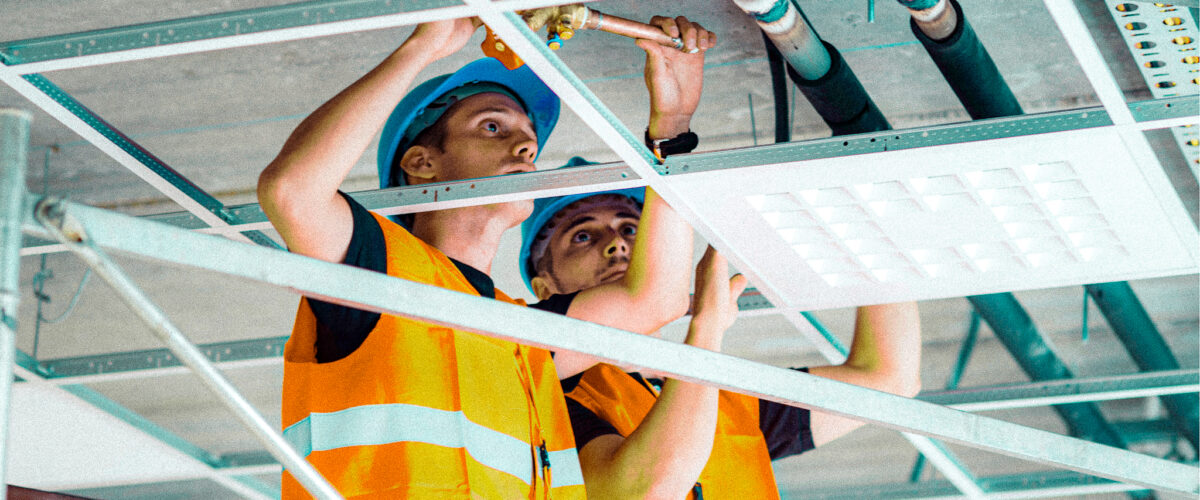What Happens During a Professional Gas Detector Calibration Visit?
Gas detector calibration is what ensures accurate readings of combustible gases, toxic gases, and oxygen levels. A properly calibrated detector is the difference between spotting a dangerous leak in time or missing it altogether. Calibration protects worker safety, keeps systems compliant, and ensures your gas detection program is reliable.
A professional gas detector calibration service goes far beyond a quick bump test. Technicians check sensors, alarms, and electronics to make sure every part of the system works as intended.
What Gas Detector Calibration Actually Entails
Calibration begins with zeroing the sensors in clean air to set a proper baseline. Next, the detector is exposed to a span gas of known concentration, verifying the sensor responds accurately.
A calibration visit also includes functional checks of alarms, lights, and electronic components. This ensures the full system responds as designed in the event of a leak. Unlike a bump test, which only confirms that a detector responds at all, calibration measures accuracy and makes adjustments so readings match true gas levels.
Tools and Gases Used During Calibration
Technicians use calibration gas mixtures tailored to the specific sensors on site. This may include carbon monoxide, hydrogen sulfide, methane, and many other toxic or combustible gases.
Hawk technicians provide their own regulators and tubing to introduce calibration gas. On rare occasions, a client may need to supply a specialty gas, or Hawk may generate gases such as ozone or HF on-site. Certified calibration gas is always used to ensure accurate results.
How Long the Calibration Process Takes
For a small system of 2–6 detectors in good condition, calibration usually takes 2–4 hours. Larger systems, or those needing reprogramming, can take a full day or several days depending on the size of the facility.
Most customers spend between $2,000 and $5,000 for a planned calibration visit of an average-sized system. Portable gas detectors mailed to Hawk for calibration are typically turned around within two business days, unless specialty gases or replacement parts are required.
Downtime During Calibration
During calibration, systems are usually put into a dedicated calibration mode. In some cases, only the sensors being worked on are placed in standby. Hawk coordinates with each facility’s internal safety team to ensure that critical coverage is not interrupted.
This staged approach minimizes downtime and keeps essential monitoring active while work is being performed.
Documentation and Compliance Reporting
Calibration is not just about the adjustments made to the sensors. The records that follow are just as important for compliance. Hawk provides detailed documentation that includes:
- Photos and functional test notes
- Serial numbers and detector locations
- Make and model of each sensor
- Gas being detected and alarm setpoints
- Calibration pass/fail results
- Calibration gas lot numbers
- Next due dates and technician details
Because sensors are also labeled in the field with calibration dates, customers rarely face inspection issues. Hawk still receives one or two urgent documentation requests a month when an inspector arrives unexpectedly, but clients with up-to-date reports rarely have problems.
Real-World Example
In one aerospace application, Hawk calibrated sensors monitoring hydrogen cyanide. During service, technicians tested not only the ambient air but also the exhaust duct and a portable detector that had just been calibrated. A minor leak was detected and addressed immediately.
The entire concern lasted less than 15 minutes. The process was stopped, the room was ventilated, and staff safely re-entered without delay. Because the calibration was thorough and trust in the results was high, operations resumed quickly with confidence that all systems were protecting workers properly.
Benefits of Professional Gas Detector Calibration Service
A professional calibration visit extends the life of sensors and reduces the need for costly emergency maintenance. It prevents false alarms that waste time and protects against missed detections that could cause serious safety incidents.
Routine calibration also proves compliance with OSHA, NFPA, and insurance requirements, protecting facilities during audits or safety investigations. Hawk’s technicians are cross-trained on all major brands, arrive prepared with the right tools, and provide complete documentation so systems are always ready.
FAQs
What’s the difference between a bump test and calibration?
A bump test only confirms that the detector responds to gas. Calibration measures accuracy and adjusts the detector so its readings match known gas concentrations.
How often should gas detectors be calibrated?
Typically every 30–180 days depending on the environment, usage, and manufacturer recommendations. Harsh environments usually require shorter intervals.
What happens if I don’t calibrate my gas detectors?
Sensors drift over time. Without calibration, detectors may produce false alarms or fail to detect leaks, putting workers and facilities at risk. Noncompliance can also lead to fines or shutdowns.
How Hawk Can Help Keep Your System Reliable
Hawk offers complete gas detector calibration service, including on-site calibration, bump testing, and detailed documentation. Our technicians are experienced with all major brands and all types of gas detection equipment, both portable and fixed.
Contact Hawk today to schedule professional calibration and keep your gas monitors properly calibrated, accurate, and compliant.

